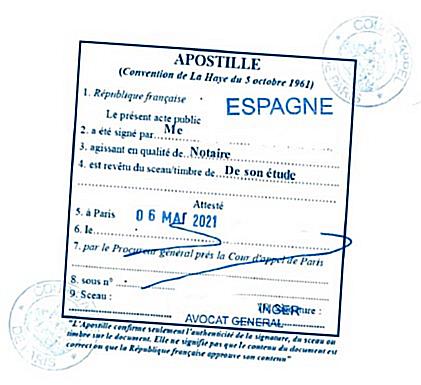
What is an Apostille?
An apostille is an addendum placed at the margin or bottom of a document. The term “apostille” is of French origin, derived from the verb “apostiller,” which comes from the Old French postille meaning “annotation,” and further from the Latin postilla, meaning “after” or “following.”
The apostille is a simplified procedure for the legalization of documents to be used abroad. It applies to certain types of documents that need to be presented in countries that have signed the Hague Convention of October 5, 1961, with France.
The Hague Convention defined the standard apostille model as a square of at least 9 cm per side, containing the following information:
- Country.
- This public act was signed by (…).
- Acting as (…).
- It bears the seal/stamp of (…).
- As attested:
- Place.
- Date.
- Signatory.
- Number.
- Seal/stamp.
- Signature.
Since this model is identical across all member states, the apostille information can be recognized even if it is not completed in the language of the signatory.
Similar to legalization, to obtain an apostille for a document, it is necessary that the document is an original signed by a public person (such as a public notary). Copies of documents and/or documents not considered public deeds cannot be apostilled and will be rejected by the apostille service.
The notarial office Chassaint & Cerclé Notaires in Paris (France) assists individuals and professionals in the necessary steps to obtain an apostille for their documents. For more information, click here.




